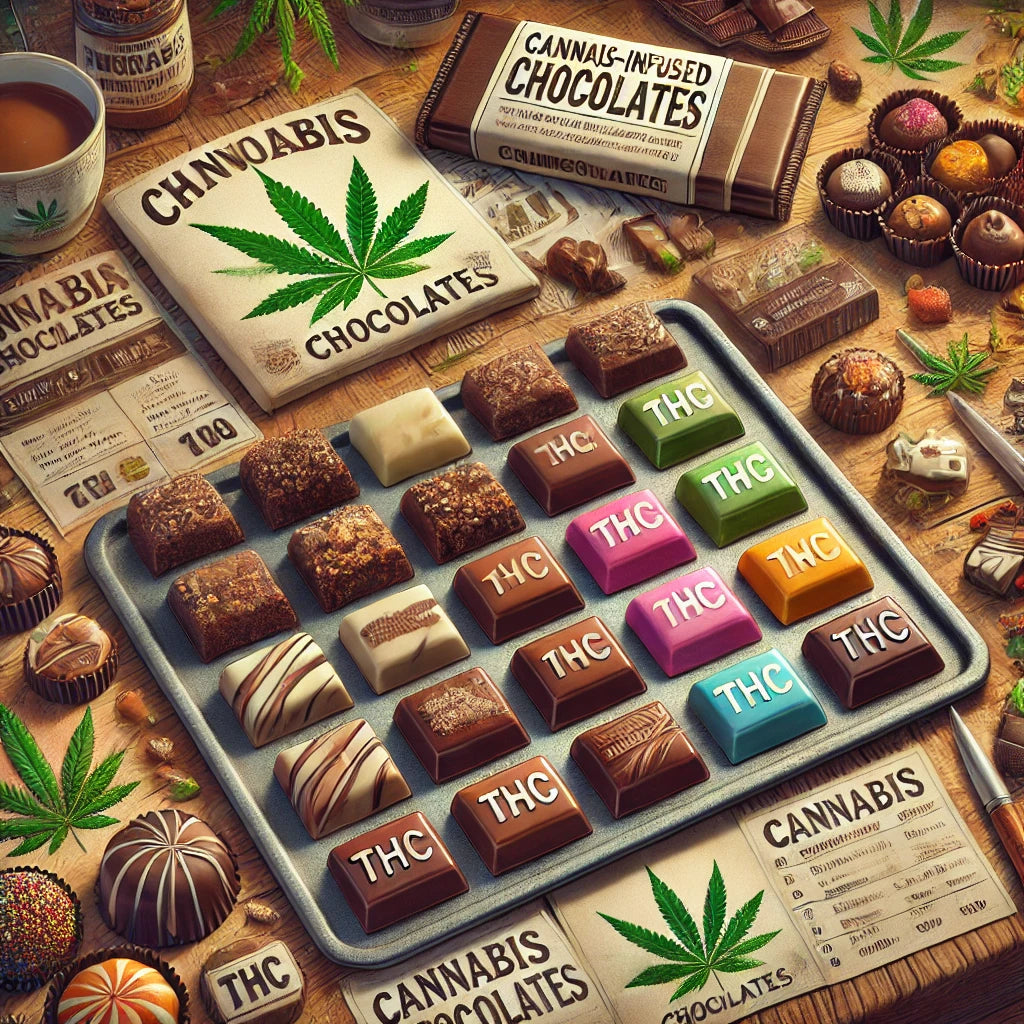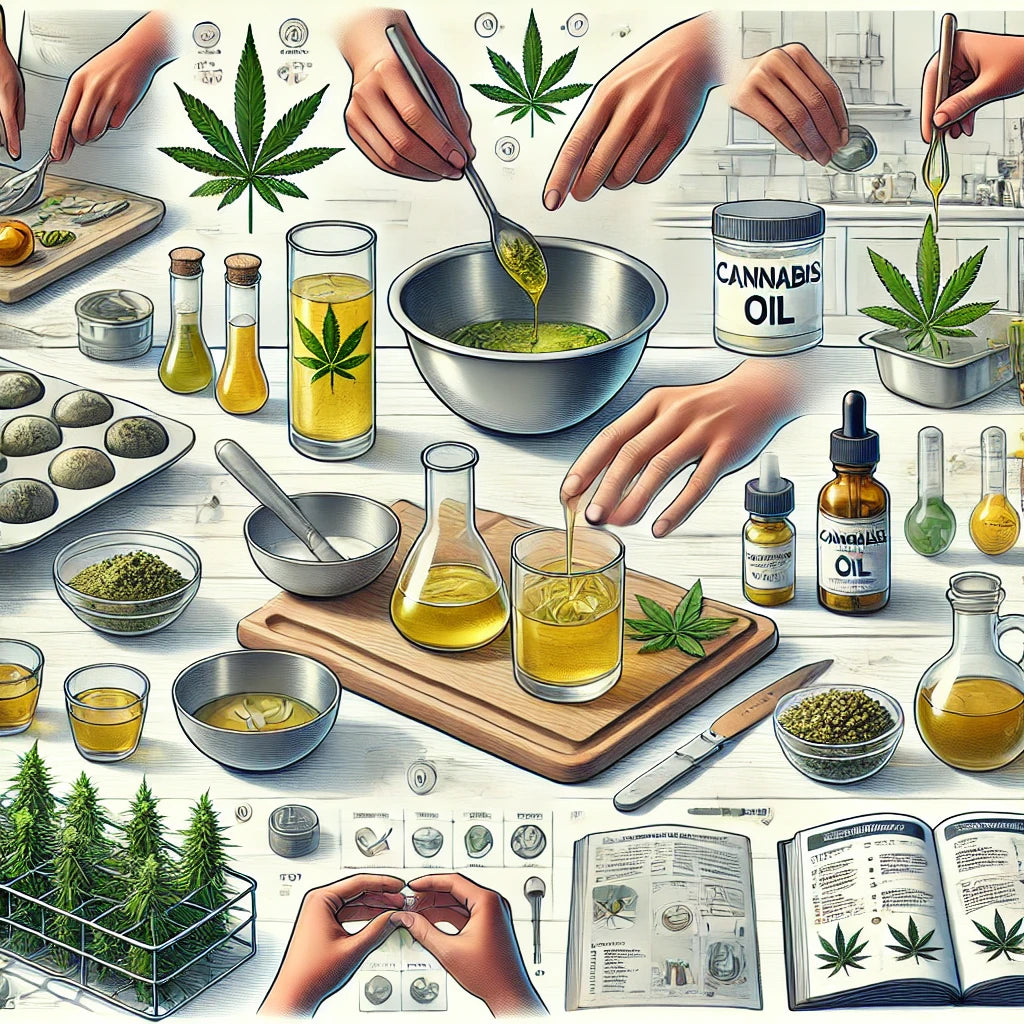HIGHLIGHTS
- Shatter is a complex, translucent cannabis extract made using a solvent-based process.
- Smoking, vaporizing, or dabbing can be consumed (dabbing is not recommended for those new to consuming extracts).
- Because shatter is a highly concentrated product, there is a risk for overconsumption. Begin with a small amount — less than the size of a lentil.
- A cannabis extract, shatter, is a form of butane hash oil, or BHO, which refers to concentrates made using butane as a solvent. Butane hash oil comes in many other consistencies, from whipped to wax, depending on how the extract is further processed. It has names such as budder, wax, crumble and pull-and-snap.
How is Shatter Made?
A golden-coloured, glass-like substance, shatter is made by processing the cannabis plant with butane to extract the cannabinoid- and terpene-rich trichomes from the buds. The solvent is then evaporated with low heat, which removes excess oils, leaving behind a translucent material that is left to cool into a rigid sheet.
What Do I Need to Know About Consuming it?
Shatter can be smoked by adding it to dried cannabis flower in a joint. Other methods require specific accessories; It can be vaped in an extract-specific vaporizer or a dried flower vaporizer with an extract attachment. More experienced consumers may choose to dab shatter; however, dabbing is not recommended if you are new to cannabis. Dabbing is a complicated process that can produce strong, immediate effects. It may increase your risk of overconsumption or experiencing adverse effects.
Your body’s response to cannabis depends on many variables, such as the type of product consumed, your metabolism and weight, and how much food you ate before consumption. If you choose to smoke or vape cannabis, Health Canada recommends starting with one or two puffs of a product with 10% (or 100 mg/g) of THC or less. When cannabis extracts such as shatter are inhaled, effects can often be felt within seconds and typically last up to six hours.
What Are the Pros and Cons of Consuming Shatter?
When vaporized or dabbed, shatter offers a smoke-free option to inhaling dried cannabis flower, which can come with the potential risks of smoking.
Because shatter is a highly concentrated product. It would be best if you consumed less than you would when consuming dried cannabis flowers to avoid overconsumption. To minimize the risk, it’s recommended that you start with a very small amount — less than the size of a lentil — especially if you are trying a new product and wait to see how it affects you, personally.
What Should I Consider When Shopping for Shatter?
Like all extracts, shatter differs from other forms of cannabis. It has the potential to contain a higher concentration of cannabinoids — up to 90% THC, in contrast with the potential 30% in raw cannabis, making it one of the most concentrated cannabis products. Extracts available through Ashario that are meant to be inhaled can contain no more than 1,000 mg of THC per package.
To counter some of the psychoactive effects of tetrahydrocannabinol (THC), choose products lower in THC or higher in cannabidiol (CBD).
Important Notice: Content on this website is intended strictly for informational purposes. Ashario does not promote any product or represent that the products mentioned on Ashario's website are treatments for any kind of medical condition. Ashario cannot guarantee that information provided is error-free or complete and is not responsible for the quality of the information provided by users. Ashario does not endorse any user-reported information, any particular strain, product, producer, organization, treatment, or therapy.
Important Notice: Content on this website is intended strictly for informational purposes. Ashario does not promote any product or represent that the products mentioned on Ashario's website are treatments for any kind of medical condition. Ashario cannot guarantee that information provided is error-free or complete and is not responsible for the quality of the information provided by users. Ashario does not endorse any user-reported information, any particular strain, product, producer, organization, treatment, or therapy.








